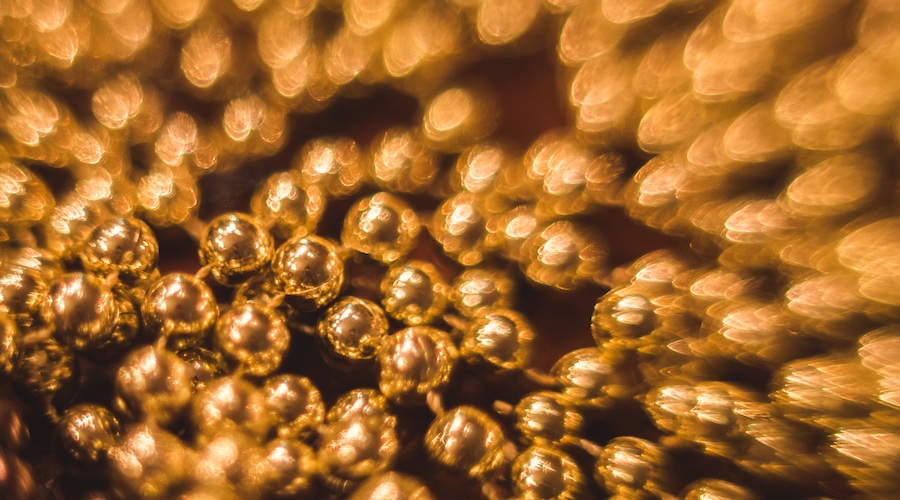
Researchers at CERN, the European Organization for Nuclear Research, discovered that neutron-deficient gold nuclei display a shape-shifting mechanism similar to that observed in mercury and bismuth nuclei, which alternate dramatically from soccer ball shapes to rugby ball shapes as single neutrons are removed from the nucleus.
The finding, described in a paper just published in Physical Review Letters, comes a little more than 50 years after the phenomenon was first discovered in the light mercury nuclei.
To investigate gold nuclei, which have 79 protons, the team behind the new study used three set-ups at CERN’s ISOLDE facility. The combined power of the three set-ups allowed the team to determine the radii of gold nuclei with 104 neutrons all the way to 97 neutrons—that’s 21 fewer neutrons than that of the gold that can be found in rivers.
Given a previously observed transition from a nearly spherical shape at neutron number 108 to a rugby ball at neutron number 107, followed by a plateau of rugby balls until neutron number 104, a possible continuation of the plateau and a transition back to nearly spherical shapes was expected.
This continuation of the plateau was observed, as was the transition, which occurs at neutron number 101 and is a near-mirror image—centred at neutron number 104—of the previously seen transition. However, an extra shape-staggering blip was also observed at neutron number 99.
“This pattern in nuclear shape evolution is unlike any other we’ve seen before,” James Cubiss, lead author of the paper, said in a media statement. “In contrast to the mercury and bismuth nuclei, in which the staggering shows that football and rugby ball shapes are almost evenly matched in terms of the competition to minimize their binding energies, rugby balls win in the gold nuclei near neutron number 104. But they only just win, as evidenced by the shape staggering at neutron number 99 and the sudden jump back towards football-like shapes.”
The theorists in the team went on to perform state-of-the-art model calculations of nuclear radii and compare them with the data. They found that the model can follow the wandering gold nuclei, but only if certain other data are used to constrain the calculations.
In their view, 50 years on, the phenomenon of shape-shifting still poses a tremendous challenge for nuclear theory.